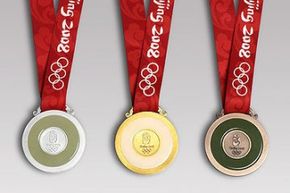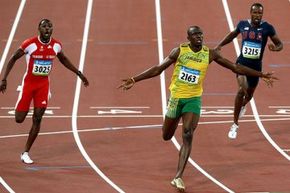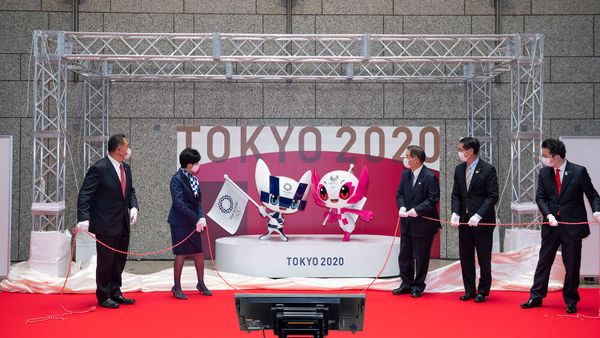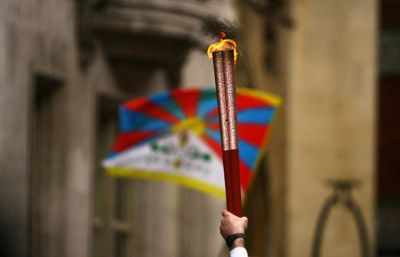At the opening ceremony of each Olympics, the U.S. delegation spills out in a seemingly unending stream of cheerful athletes, grinning and waving at the crowd. They're a jovial, good-natured lot, to be sure, but there are so very many of them.
And the U.S. isn't the only country that seems to take up an awful lot of real estate in the center of the stadium. In contrast are national delegations where just a few folks are there to represent their country. In even more extreme cases, only a sole athlete is present to wave his or her nation's flag, alone in that portion of the parade of nations.
Advertisement
Olympic organizers shoot for a target number of athletes. For example, in athletics (aka the track and field events), for example, the goal is about 2,000. A nation may enter up to three athletes and have one athlete in reserve, provided those athletes measure up to predetermined standards in events sanctioned by the applicable International Sports Federation (IF) [source: The Telegraph]. If no one in a country achieves those standards, its National Olympic Committee (NOC) can petition to have its best athletes compete in one event each. The IF technical officials make the call. Obviously, it doesn't always happen.
Of course, the larger the nation, the larger the pool its NOC has to pull from -- and chances are good the vast majority of the athletes it sends qualify outright. So it makes sense that those countries would have bigger delegations. That being said, there's a bit of a twist. More on that next.
Advertisement




